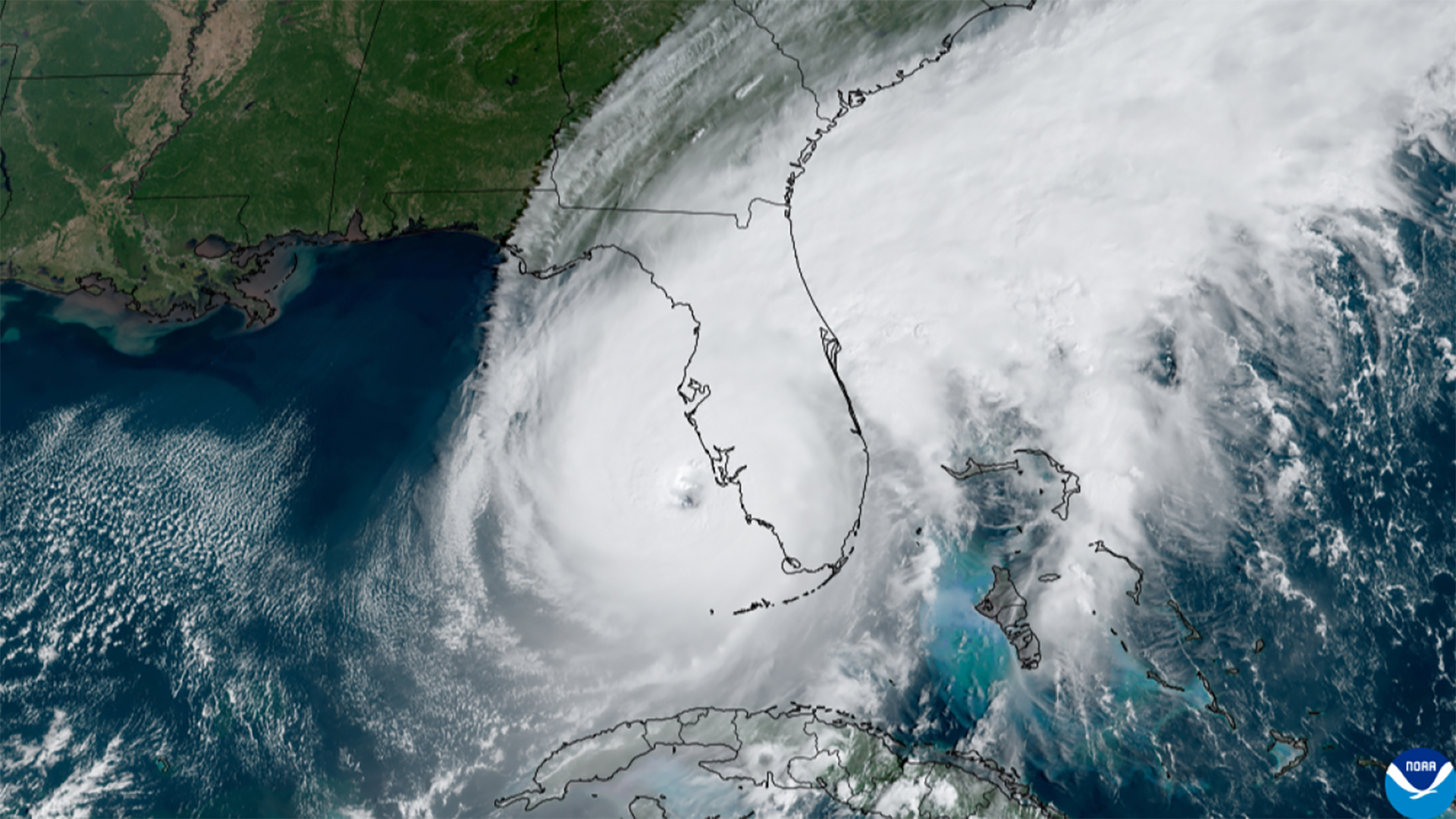Colorado State University hurricane researchers have increased their forecast and are now predicting an above-average Atlantic hurricane season in 2023, due to record warm sea surface temperatures in most of the tropical and subtropical Atlantic.
Researchers caution that there is more uncertainty than normal with this outlook because of conflicting signals between much warmer than normal Atlantic waters and an expected robust El Niño for the peak of the hurricane season. El Niño increases vertical wind shear in the Caribbean and tropical Atlantic, which can tear apart storms as they form, but the extreme anomalous warmth in the Atlantic may counteract some of the typical El Niño-driven wind shear.
The CSU team now predicts 18 named storms, nine hurricanes and four major hurricanes – those with a Saffir/Simpson category of 3-5 and sustained winds of 111 miles per hour or greater. The updated forecast is an increase from the 15 named storms, seven hurricanes and three major hurricanes they predicted on June 1. The forecast includes an unnamed subtropical storm in January and Tropical Storms Arlene, Bret and Cindy in June.
Long-term seasonal averages are 14 named storms, seven hurricanes and three major hurricanes. The researchers estimate the probability of a major hurricane making landfall in the United States to be above the long-term average.
The team will issue a forecast update on Aug. 3.
The forecast is based on statistical models that use 25-40 years of historical hurricane seasons and evaluate conditions including Atlantic sea surface temperatures, sea level pressures, vertical wind shear levels (the change in wind direction and speed with height in the atmosphere), El Niño (warming of waters in the central and eastern tropical Pacific), and other factors.
This is the 40th year that the CSU hurricane research team has issued an Atlantic basin seasonal hurricane forecast. The team includes Phil Klotzbach, research scientist in the Department of Atmospheric Science and lead author of the report; Michael Bell, professor of atmospheric science; and Alex DesRosiers, a Ph.D. candidate in the same department. Bill Gray, who originated the seasonal forecasts, launched the report in 1984 and continued to author them until his death in 2016.
The CSU forecast is intended to provide a best estimate of activity in the Atlantic during the upcoming season – not an exact measure. As always, the researchers caution coastal residents to take proper precautions every year.
The full report is available at tropical.colostate.edu.
